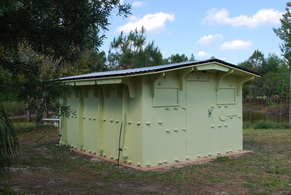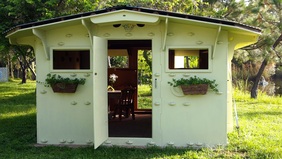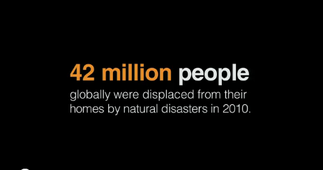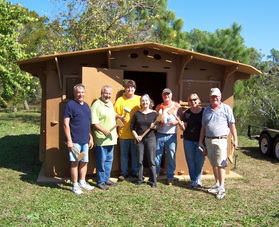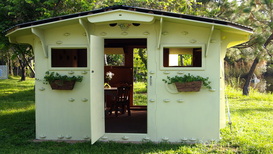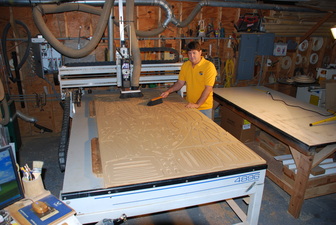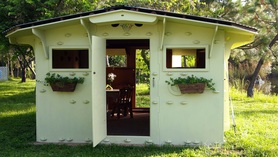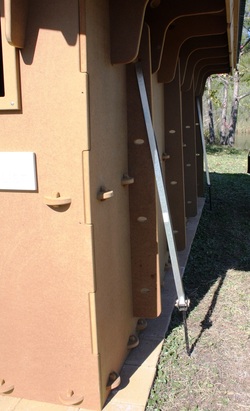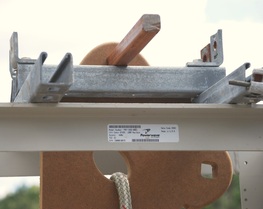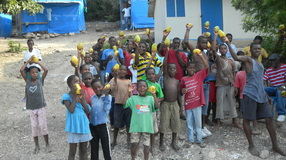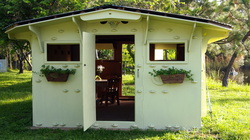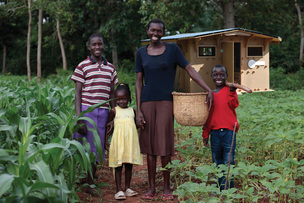
Part 5 of a 5 part series
OK, a couple of details.
The brick gauges can be two or three sizes. The largest brick pays more. If the chipper has an accident and chips too far, there is a medium size he can chip to. Then perhaps a small one that sells for less. The gauge is simply a rectangle and a length.
The brick gauge can be in the form of a simple backpack, to help carry the load of bricks back to the collection point. I have a design in mind and it should cost no more than a decent lunch to make.
Enterprising people can set up a brick yard, where rough stone is collected and chipped in one area. This has the added advantages of shortening travel times and creating another valuable commodity as a by-product, gravel, useful for concrete.
This project can be started with a minimum of capital. Setting up distribution will take some capital, but not much. That capital should be readily available for any jobs project in Haiti. The individual cost of equipping one worker to start, should be far less than the cost of feeding that worker for a month.
Any new export is a good thing for Haiti. Any new job created in Haiti is a plus. The ability to create a new industry in Haiti at a low cost and targeted to help the poorest, is an opportunity too good to miss.
What we need now are grant writers to secure funds to get a management staff organized, technical help from people who have knowledge inside the industries we have discussed, and activists of all types to write letters to anyone with the power to help.
Let’s work together and make this happen for the people of Haiti.
Frank Schooley
Designer; Terrapeg & Shelter In A Day
READ Part 1
READ Part 2
READ Part 3
READ Part 4
READERS: What are your thoughts?
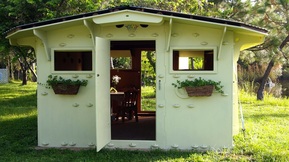
Winner of 2013 Aid and International Development Forum (AIDF) "Most Innovative Product Award." Shelter In A Day is the brainchild of eco-friendly, furniture designer Frank Schooley. Shelter's disaster recovery housing provides safe and secure, simple to construct, green homes for those displaced by natural disasters, such as hurricanes, earthquakes or floods.
The disaster shelters are a solidly constructed, termite, rust and rot resistant house, with lockable doors and windows. Homes are crafted from waterproof, recycled wood fiber material and can be easily erected anywhere, in one day.
| | |



